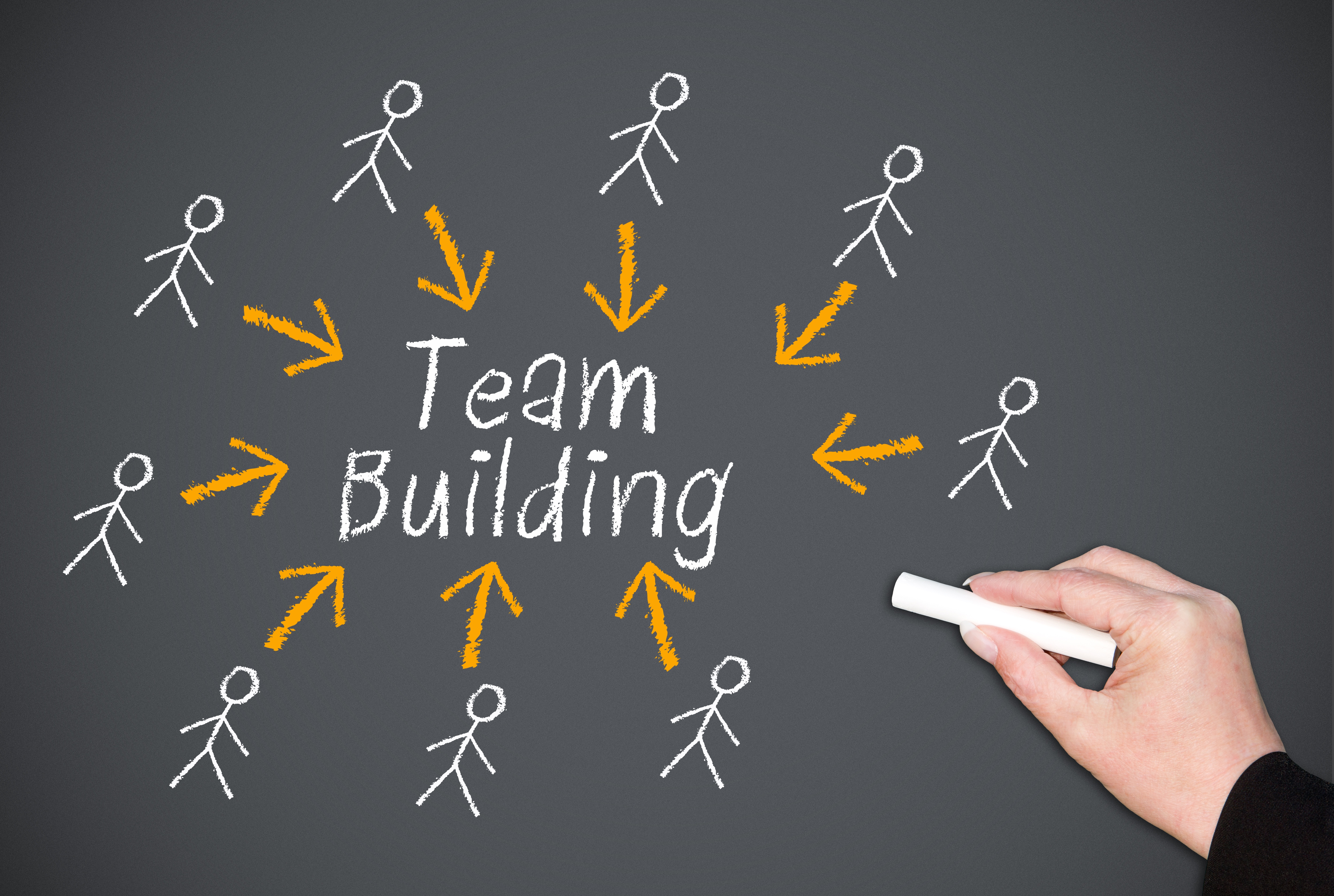If the requests that I receive for ‘’Team Building’’ are anything to go by, team building is definitely the buzz word of the era for L&D.
My first question is always:
‘’What are the issues/Challenges? What are you hoping to achieve? ‘’Answers vary, but mostly the answer alludes to ‘’the team are not getting on/are not effective’’ OR “we’ve tried everything, but we just can’t get them to work together!”
Part of building effective teams seems to incorporate an alleged miracle solution of ‘”Team Building” but; going to play in a water park or climbing walls with no underlying strategy, just touches the surface, and if not correctly thought out, will indeed create a lack of unenthused people.
Forcing different people to ‘’get along in unison’’ in environments that cause stress to some, is not effective. Doug Floyd famously said: “You don’t get harmony when everybody sings the same note.” To build an effective team, organizations must realise a few things first!
People are all different, they respond differently, talk, think and act differently – do not attempt to unify a team, but use the differences to create results and this requires a deeper strategic approach.
So; if basic Team Building isn’t the solution, that doesn’t mean there is no solution.
To understand how to get past those stumbling blocks that seem to screech out for ‘’Team Building’’, the first thing we must understand is why “Team Building” doesn’t work. That understanding will lead to solutions that really do work. There are a number of reasons why team building exercises don’t build teams.
First, most people dislike these exercises/events. Most level-headed people have little fortitude for going through contrived activities with people they are cynical of in the first place.
Secondly, team building often happens in a retreat-like setting – away from the office, or over a weekend. And retreats are renowned for having their effects be short-lived.
The immediate results of a retreat may be that you are sitting around a dinner table with your compulsory new friends and feeling like anything is possible. But come Sunday when you face normal workloads, very little will has really changed.
So, the question, as always, needs to be ‘’what exactly is wrong’’?
Usually a lack of aligned leadership, direction, policy, vision, values; or basic articulated direction.
What team building tries to do is to change the behaviours of the team (the symptoms) without getting to the root cause of why those behaviours exist in the first place (the complaint). By simply attempting to replace a “bad behaviour” with a “good behaviour,” we create a fleeting fix for the symptoms, but the complaint continues to exist. And that can only mean that at some point, symptoms will re-emerge.
So if Team Building isn’t the answer, What is the answer?
The answer comes from a combination of awareness and the willingness to get to the bottom of what’s really going on. Awareness that when people behave badly, we can’t just tell them to stop, and can’t just teach them to change to chosen, text book “good” behaviours.
Awareness that when people behave ineffectually, it’s time to find out why. Organizationally teams will naturally be different, but one thing’s for certain, the one element that is consistent to this challenge: People!
For teams to understand their different roles and personalities collectively is the best approach. A good check list below will help organizations re-think the anxious believed need for ‘’Team Building’’:
• Roles and responsibilities: Who will play what roles and be responsible for what tasks? How will team members be helped and held accountable for their responsibilities? How will the team take collective responsibility for its work?
• Relationships: How will relationships be formed and maintained within the team? How will the team find the time and knowledge to both form relationships and work on the tasks it undertakes?
• Leadership: Who will lead the team? Who will facilitate the team meetings?
• Power and influence: Who has power and influence on the team? How do they exercise it? How do team members react and respond to those with power and influence? How do members influence the team? How does the team influence powerful individuals and groups outside the team?
• Skills: What is the mix of skills needed to do the team’s work? What skills are needed? What problem-solving and decision-making skills are needed? What interpersonal skills are needed?
• Communication: How will team members communicate with one another? What communication processes and systems will be used?
• Problem-solving and planning methods: What problem-solving and planning methods will the team use to do its work? What methods and processes will the team use to run its meetings?
• Conflict: How will the team manage disagreements and conflicts?
• Progress and results: How will progress and results be measured?
• Risk and rewards, successes and failures: How much risk can the team take? What rewards will the team receive for its results? How will the team handle successes and failures?
• Creativity and innovation: In what sense does the team see its role as being creative? What brainstorming and problem-solving processes will the team use to create innovative ideas and alternatives?
• Motivation: Why do members want to be on the team? What’s in it for them? How can they help the team? How can they be involved in and challenged by the work the team is doing? How does the team help motivate its members?
• Celebrations: How will the team celebrate its ability to work as a team and the results it achieves?
Once a clear picture of the above is agreed upon, then a team event to fix the fragile issues WILL work! A construction company will never start building without a clearly measured plan, so let’s not Team Build without one!

